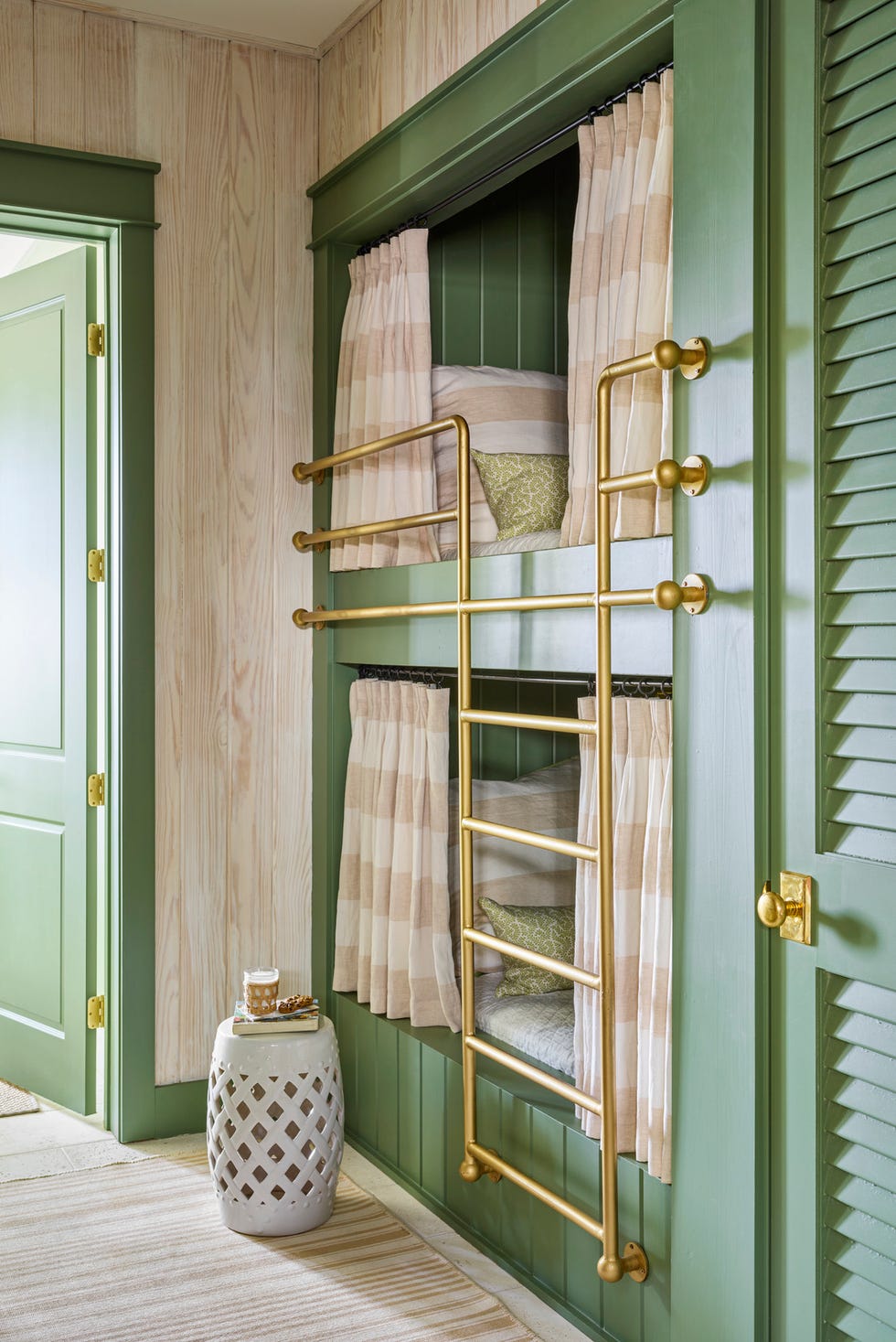Top-tier interior design firms deliver exceptional design solutions.
Top-tier interior design firms deliver exceptional design solutions.
Blog Article
Transform Your Home With Important Concepts of Interior Decoration and Looks
By recognizing the impact of color concept and the importance of structure and patterns, one can produce rooms that are not only aesthetically appealing but likewise deeply individual. Achieving this balance involves more than plain decor; it incorporates a strategic plan and a keen understanding of exactly how each aspect engages within an area.
Recognizing Color Concept
Recognizing the concepts of color concept allows designers to develop spaces that reverberate psychologically with residents while meeting useful needs. Each classification plays a critical duty in establishing harmony within an area.
The psychological influence of shades is profound; warm tones such as reds and oranges stimulate power and heat, while trendy tones like blues and eco-friendlies advertise calmness and harmony. Additionally, using complementary colors enhances visual interest, producing striking contrasts that can elevate a room's allure.
Neutral colors, on the various other hand, work as a versatile backdrop, permitting various other design elements to shine. It is vital to consider aspects such as illumination and the area's objective when picking a shade palette, as these can modify the perception of colors throughout the day.
Eventually, a well-considered shade plan can change a room, promoting a feeling of comfort and style that straightens with the occupants' choices. Mastery of shade theory is, therefore, an essential ability for any indoor designer intending to create harmonious and inviting settings.
Accomplishing Balance in Design
How can designers achieve a sense of equilibrium in their rooms? Accomplishing equilibrium in layout is essential to developing unified interiors.
Unbalanced balance, on the various other hand, counts on differing elements that still accomplish a natural appearance. This strategy enables more vibrant and casual arrangements, offering passion while maintaining equilibrium. By carefully picking varying sizes, colors, and structures, developers can produce a visually compelling space that really feels balanced yet energised.
Radial balance highlights a main centerpiece with elements emitting exterior. This style is typically seen in round layouts, where furnishings and decoration produce a natural border that draws the eye internal.
Ultimately, achieving balance calls for thoughtful factor to consider of scale, proportion, and the partnerships between elements. miami interior design. By skillfully using these equilibrium concepts, developers can change areas into atmospheres that really feel both aesthetically pleasing and functionally unified, improving the overall experience for owners
Importance of Spatial Understanding

An eager sense of spatial understanding enables developers to recognize prime focus within a space, assisting the visitor's focus to key features while keeping an overall sense of unity. It also aids in the tactical placement of lighting, which can substantially influence the perception of room and state of mind. Furthermore, recognizing spatial partnerships allows the designer to cater to the certain requirements of residents, guaranteeing that each area serves its desired function without jeopardizing appearances.
Ultimately, spatial recognition is vital for maximizing the possibility of any indoor room. By thoroughly considering the interaction between measurements, format, and function, developers can create settings that not only fulfill functional requirements yet likewise evoke a feeling of comfort and appeal, enhancing the total living experience.
Integrating Texture and Patterns
Welcoming a diverse series Going Here of textures and patterns can substantially enhance the aesthetic and tactile allure of an interior area. The strategic use numerous materials-- such as timber, steel, material, and rock-- creates deepness and interest, making a space really feel much more welcoming and dynamic. For example, incorporating smooth surfaces with harsh textures can develop an equilibrium that attracts the eye and involves the senses.
When integrating patterns, take into consideration both scale and repetition. Large patterns can function as centerpieces, while smaller sized, subtle styles can match various other elements without overwhelming the area. Layering patterns, such as pairing flower paddings with striped throws, includes intricacy and a feeling of consistency if executed thoughtfully.
It is additionally essential to keep a natural shade combination, making sure that structures and patterns collaborate instead than compete for attention. By selecting a couple of key structures and patterns, you can produce a combined aesthetic that mirrors your individual style while enhancing the overall setting of the area. Eventually, the cautious incorporation of these components can change an ordinary room into a sophisticated setting abundant with character and heat.
Customizing Your Area
Producing an area that reflects your character is essential to accomplishing a really welcoming atmosphere. Personalization in interior decoration enables you to infuse your one-of-a-kind style and rate of interests right into your home, changing it from a simple sanctuary into a sanctuary that talks to who you are. Begin by picking a shade combination that reverberates with your emotions-- strong hues can invigorate, while soft tones use harmony.
Incorporate art work and decoration that show your passions, whether it be traveling, nature, or abstract concepts. Showing individual collections, such as books, pictures, or souvenirs, can stimulate cherished memories and produce prime focus within a room. In addition, think about personalizing functional items, like upholstered furniture, to straighten with your straight from the source aesthetic preferences.

Conclusion
To conclude, the transformation of a home through the essential principles of interior decoration and aesthetic appeal requires a detailed understanding of shade concept, balance, spatial awareness, structure, and personalization. Each aspect adds significantly to developing a harmonious and practical living atmosphere - luxury interior design. By pop over here attentively integrating these principles, individuals can boost the aesthetic charm and emotional resonance of their rooms, ultimately fostering a home that reflects unique identifications while supplying convenience and usefulness
Report this page